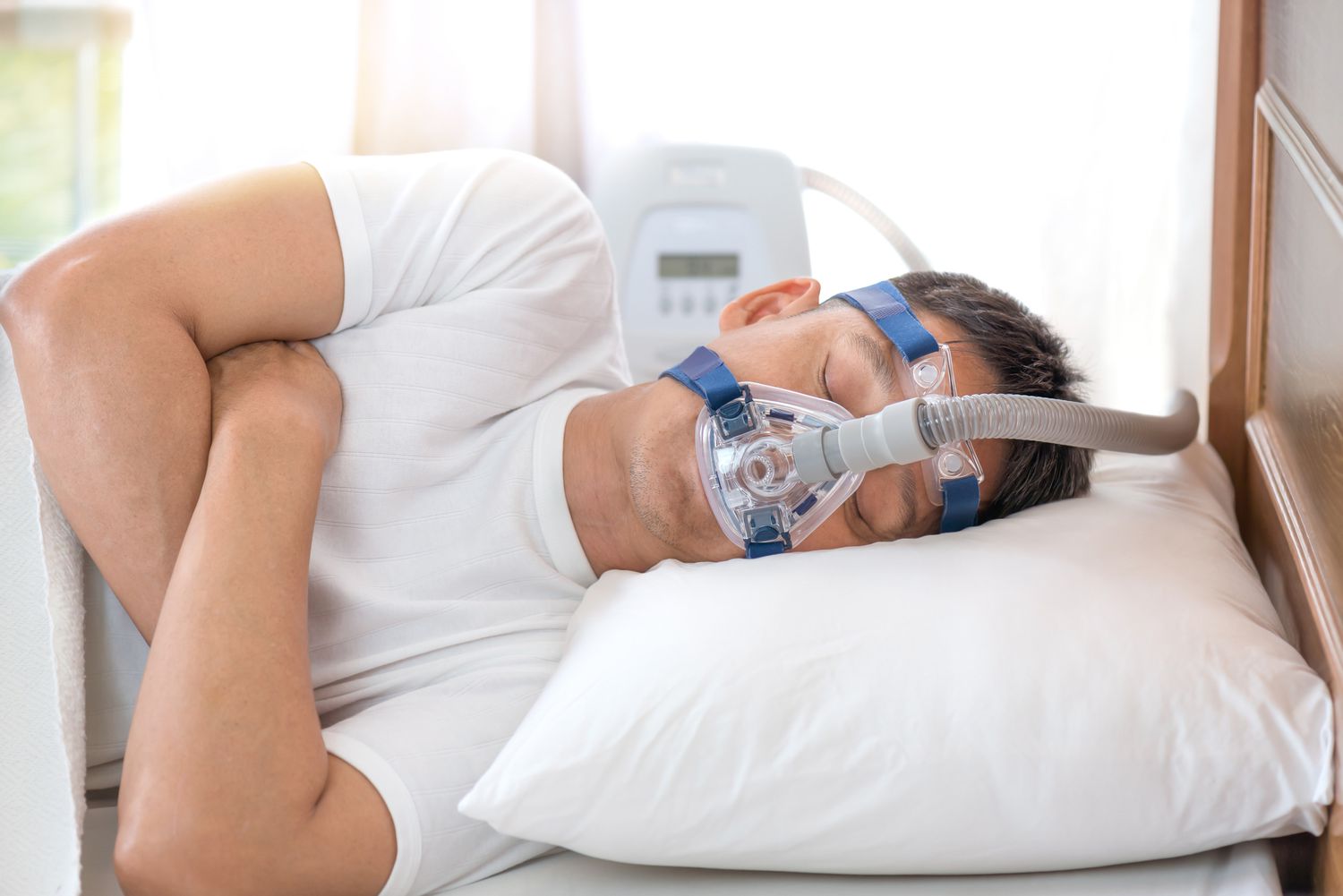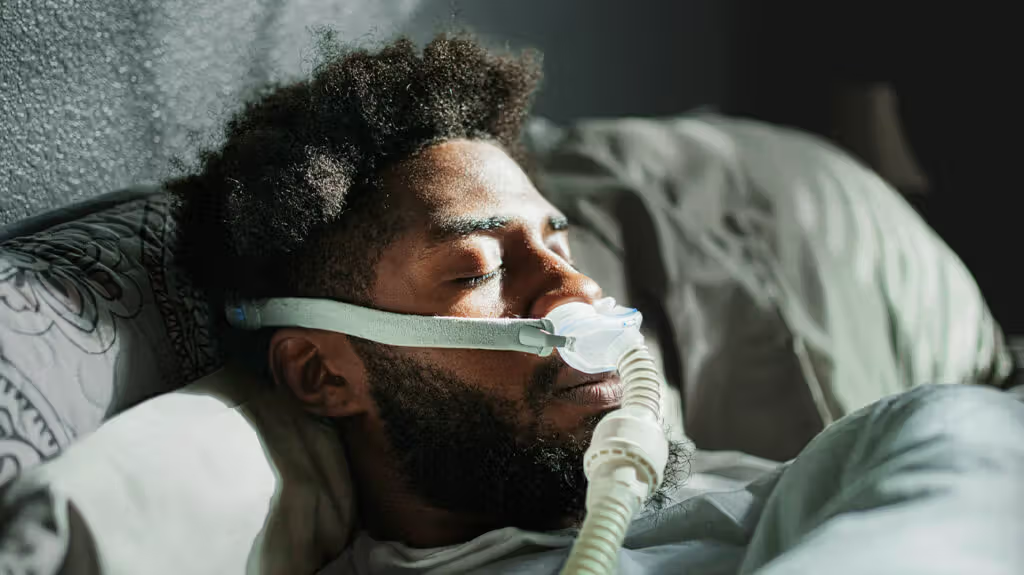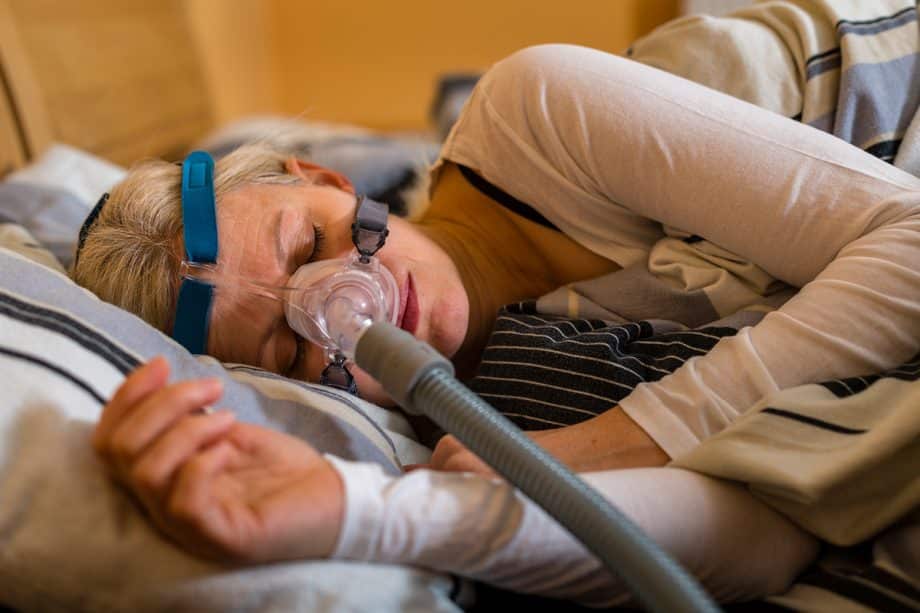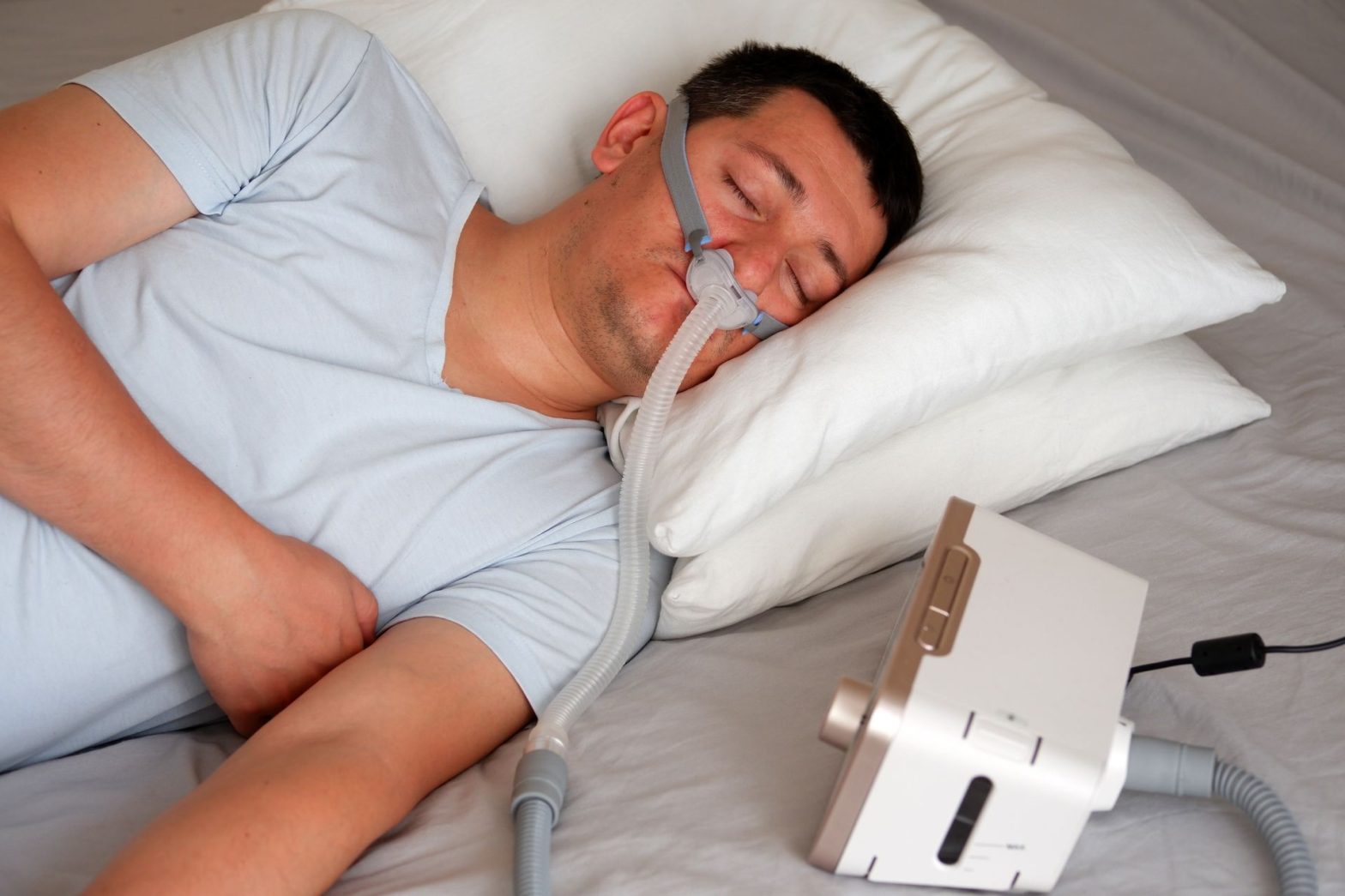Sleep apnea is a serious sleep disorder that affects millions of people worldwide, causing breathing interruptions during sleep that can lead to significant health complications if left untreated. This condition occurs when your breathing repeatedly stops and starts while you sleep, preventing you from getting the restorative rest your body needs. The most common form, obstructive sleep apnea (OSA), happens when throat muscles relax and block the airway, while central sleep apnea occurs when the brain fails to send proper signals to breathing muscles.
Understanding sleep apnea is crucial because it affects far more than just your sleep quality. The condition can impact your cardiovascular health, cognitive function, and quality of life. Many people remain undiagnosed because they’re unaware of their nighttime breathing problems, often dismissing daytime fatigue as normal stress or aging. However, sleep apnea is a treatable condition, and recognizing its symptoms is the first step toward better health and improved sleep quality.
The prevalence of sleep apnea is staggering, with studies estimating that approximately one billion people between the ages of 30 to 69 worldwide have obstructive sleep apnea. This widespread condition doesn’t discriminate, affecting both children and adults, though certain risk factors increase susceptibility. The good news is that with proper diagnosis and treatment, people with sleep apnea can significantly improve their symptoms and reduce their risk of serious complications.
Recognizing Sleep Apnea Symptoms

Nighttime Warning Signs
The most recognizable symptoms of sleep apnea occur during sleep, though you may not be aware of them yourself. Loud, disruptive snoring is often the first sign that alerts bed partners to a potential problem. However, not everyone with sleep apnea snores, and not all snorers have sleep apnea.
Key nighttime symptoms include breathing that stops and starts repeatedly, making gasping, snorting, or choking noises, and frequent awakenings throughout the night. You might wake up with a choking or gasping sensation, or your partner may notice episodes where you stop breathing for periods lasting up to a minute. These breathing interruptions can occur 5 to 30 times or more per hour, preventing you from reaching deep, restorative sleep phases.
Daytime Consequences
The effects of disrupted sleep extend well into your waking hours. Excessive daytime sleepiness is one of the most common and noticeable symptoms, even after what seems like a full night’s sleep. This fatigue can be so severe that you may fall asleep during routine activities like watching television, attending meetings, or even while driving.
Other daytime symptoms include difficulty concentrating, mood swings, irritability, and morning headaches. You might experience forgetfulness, reduced interest in sexual activity, and challenges maintaining interpersonal relationships due to persistent tiredness and mood changes. Some people also report waking up with a dry mouth or sore throat, which occurs due to mouth breathing during sleep episodes.
Comprehensive Treatment Solutions

Gold Standard: CPAP Therapy
Continuous Positive Airway Pressure (CPAP) remains the gold standard treatment for obstructive sleep apnea. This therapy works by delivering a constant stream of pressurized air through a mask that covers your nose, mouth, or both, acting as a pneumatic splint to keep your airway open during sleep.
CPAP therapy has proven highly effective at reducing the apnea-hypopnea index (AHI), which measures the average number of breathing interruptions per hour. Studies show significant improvements in both objective and subjective sleepiness measures compared to untreated patients. However, nightly adherence can be challenging for some patients due to mask discomfort, claustrophobia, pressure intolerance, or lifestyle considerations.
Alternative Pressure Therapies
For patients who struggle with traditional CPAP, several alternatives exist. Bilevel Positive Airway Pressure (BiPAP) machines provide higher pressure during inhalation and lower pressure during exhalation, making it easier for some people to tolerate. This option is particularly beneficial for individuals with severe obesity or other respiratory conditions like chronic obstructive pulmonary disease.
Expiratory Positive Airway Pressure (EPAP) offers a more convenient, portable solution. These small valves fit inside the nostrils and create resistance during exhalation to keep airways expanded. EPAP devices require no electricity and produce minimal noise, and studies show they can reduce OSA symptoms by 53%.
Oral Appliance Therapy
Oral appliances provide an effective alternative for patients who cannot tolerate PAP therapy. Mandibular advancement splints (MAS) are custom-made dental devices that fit over the upper and lower teeth, keeping the lower jaw positioned forward. By maintaining this forward jaw position, the tongue also stays forward, helping keep the airway open.
Tongue-retaining devices use suction to keep the tongue positioned forward, though they’re generally less effective than CPAP and better suited for short-term use. These oral appliances work best for cases of disruptive snoring and mild to moderate OSA.
Surgical Interventions
When conservative treatments fail, surgical options may be considered. Hypoglossal nerve stimulation represents a newer surgical approach for select patients who cannot use CPAP. This procedure involves implanting a device that stimulates the nerve-controlling tongue movement, helping maintain airway patency during sleep.
Traditional surgical procedures focus on removing or reducing tissue that may obstruct the airway, including operations on the nose, mouth, and throat. However, surgery success rates vary, and some procedures may have significant recovery periods and potential complications.
Lifestyle Modifications and Support

Weight Management and Behavioral Changes
While CPAP therapy effectively treats sleep apnea symptoms, patients should understand that it typically doesn’t lead to weight loss, and some may actually gain weight during treatment. However, maintaining a healthy weight through diet and exercise can significantly improve sleep apnea severity, particularly for those with obesity-related OSA.
Bariatric surgery may be considered for severely obese patients, though it fails to completely control obstructive sleep apnea in over 20% of cases and may be associated with lower CPAP adherence. Lifestyle modifications including regular exercise, avoiding alcohol before bedtime, and sleeping on your side can complement primary treatments.
Optimizing Treatment Success
Successful sleep apnea management often requires troubleshooting adherence issues and managing expectations. For CPAP users experiencing discomfort, heated humidification, different mask types, or temporary pressure reductions can improve tolerance. Open discussions about concerns regarding appearance, sexual functioning, and social considerations help address barriers to consistent treatment use.
The Importance of Professional Diagnosis
Sleep apnea requires professional medical evaluation and cannot be self-diagnosed. Healthcare providers use comprehensive sleep studies, including polysomnography and home sleep apnea tests, to confirm diagnosis and determine severity. The apnea-hypopnea index helps classify sleep apnea as mild, moderate, or severe, guiding appropriate treatment selection.
If you suspect you or a loved one has sleep apnea, documenting symptoms through video or audio recordings can provide valuable diagnostic information. However, professional sleep testing remains essential for accurate diagnosis and treatment planning.
Sleep apnea is a serious but highly treatable condition. With proper diagnosis and appropriate treatment, most people can significantly improve their symptoms, sleep quality, and health outcomes while reducing the risk of serious cardiovascular and other complications.

